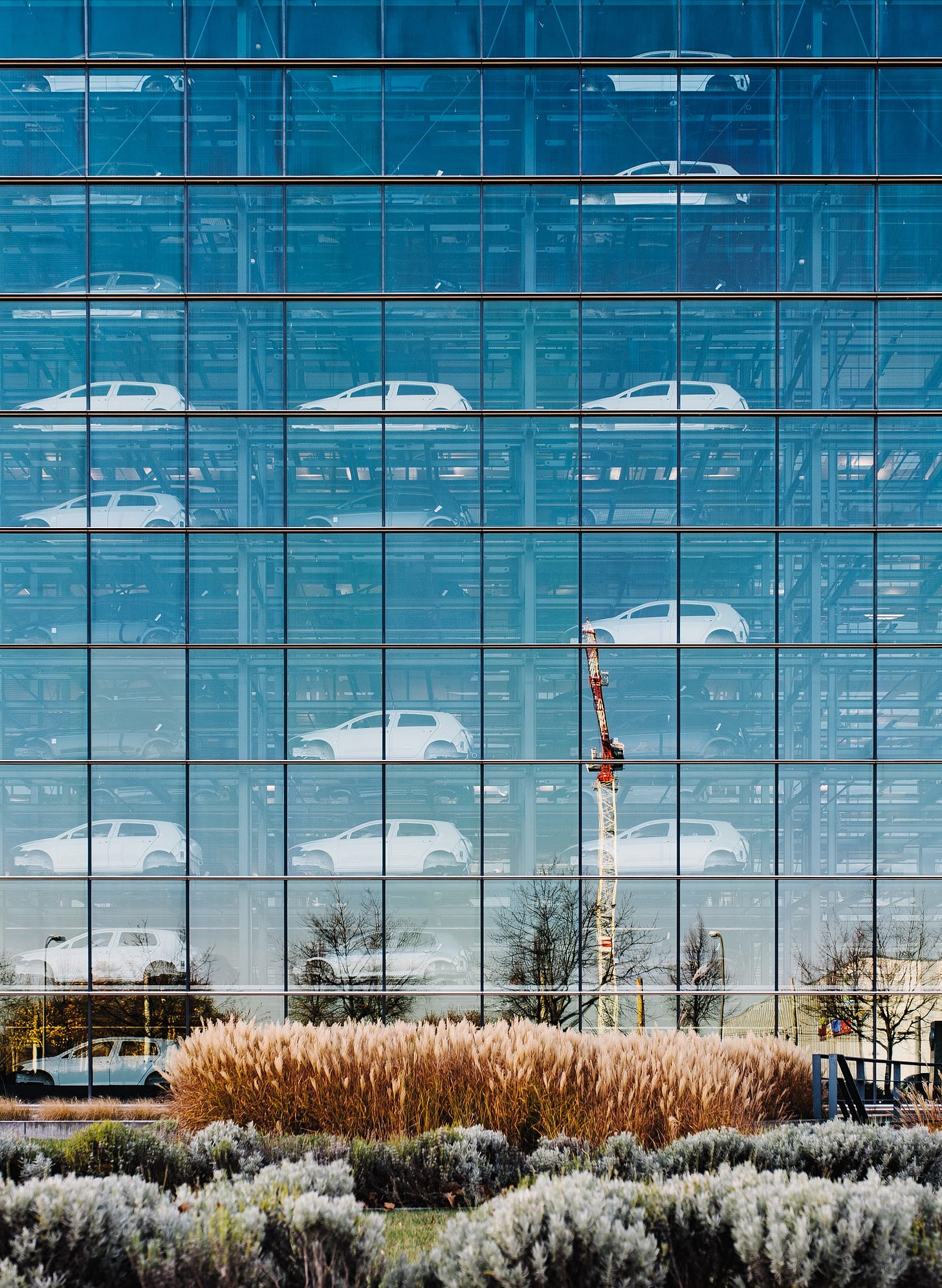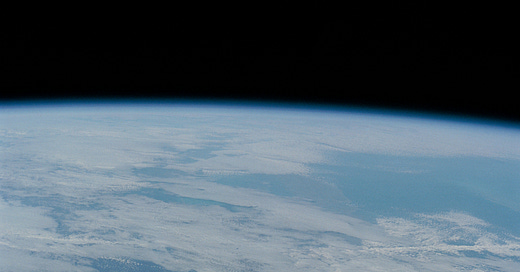Elon Musk's production philosophy
Reading notes from the biography Elon Musk, by Walter Isaacson.
01 Musk’s Production Algorithm
First-principles thinking has been a well-established practice for some time, which involves questioning all assumptions about a problem and creating new solutions from the ground up. Reading about how Elon Musk applies it extensively in design, engineering, and manufacturing, from building rockets to designing car factories, made me appreciate even more its elegance in finding creative solutions to complex problems.
Here is Elon Musk’s version (“Algorithm”) of applying first-principles thinking:
Question every requirement. Each should be attributed to the person who made it. Think for yourself and don't simply follow instructions. Never accept a requirement blindly just because it comes from a department.
Delete any part or process you can. You may have to add them back later. In fact, if you do not end up adding back at least 10% of them, then you didn’t delete enough.
Simplify and optimize. This should come after step two. A common mistake is to simplify and optimize a part or a process that should not exist.
Accelerate cycle time. Every process can be speeded up. But only do this after you have followed the first three steps. In the Tesla factory, Musk spent a lot of time accelerating processes that he later realized should have been deleted.
Automate. That comes last.

Noteworthy examples of applying first-principles thinking:
Innovate on material and product design. When designing the cybertruck, the Tesla team initially considered using titanium for its durability. However, Musk was reevaluating the material choice for SpaceX's rocket ship at the time and realized stainless steel could be a viable option, which could also be used for a pickup truck. A stainless steel body eliminated the need painting and could bear some of the vehicle’s structural load. This opened up new possibilities for a more futuristic and edgier design, featuring straight planes and sharp angles, which pushed the team to explore new ideas.
Cut costs in the auto and rocket industries. Musk believed that reusable rockets were essential for establishing a multi-planetary civilization, particularly for sending humans to Mars. To achieve this, he introduced the concept of the "idiot index," which measures the ratio of a component's total cost to the cost of its raw materials. A high idiot index indicates overly complex design or inefficient manufacturing processes. By reducing the idiot index, Musk aimed to lower the cost of rocket production and make space travel more affordable.
Reinvent the policy incentive structure. Musk proposed an alternative incentive process to the traditional "cost-plus" contracts used by NASA and the Defense Department. Instead of providing detailed specifications and awarding contracts to large companies, SpaceX introduced a new method where private companies bid on specific tasks or missions. This approach allowed SpaceX to have more control over the design and construction of their rockets. They took on financial risk and were only paid upon successfully completing milestones, which incentivized results and fostered innovation.

Another important production philosophy of Musk is to have tight end-to-end quality and cost control through vertical integration, while also applying first-principles thinking:
Design-manufacturing feedback loop: Musk follows the principle instilled by Steve Jobs and Jony Ive at Apple, where design is not just about aesthetics but also about connecting the looks of a product to its engineering. However, Musk takes it a step further by applying this obsession not only to product design but also to the underlying science, engineering, and manufacturing. This approach highlights the importance of connecting the art form with its underlying science, which is one of the key themes in Zen and the Art of Motorcycle Maintenance.
Redesigning the manufacturing process: While creating a good car is important, Musk believes that creating efficient manufacturing processes and factories is even more crucial. In order to have tight control over the manufacturing process, Musk redesigned the assembly line. This involved questioning every requirement, making quick decisions to change or remove elements, and iterating on a daily basis. This design-manufacturing feedback loop has given Tesla a competitive advantage in its manufacturing process, resulting in solutions that are simple in design, communication, and cost.

02 Inspiration from science fiction, toys, and games
Musk often thinks at the scale of what truly impacts humanity, and this includes endeavors in space travel, internet infrastructure, sustainable energy, and artificial intelligence. He believes technology does not automatically progress, it requires human agency. While he sees the mass production of electric cars as inevitable, he believes that becoming a space-facing civilization is not. For example, although America had achieved sending men to the moon in the 1970s, there had been little progress until Musk founded SpaceX.
Musk had founded SpaceX, he liked to say, to increase the chances of human consciousness surviving by making us a multi-planetary species. Tesla and SolarCity were established to lead the way towards a sustainable energy future. Starlink was created to promote freedom of information, while Optimus and Neuralink were launched to develop human-machine interfaces that would protect us from malevolent artificial intelligence.
In addition to considering the grand historical scale of humanity, I was particularly fascinated by how he drew inspiration from science fiction, toys, and games, showcasing a combination of creativity that merges the realms of art and technology.
Inspiration from science fiction. One notable source of sci-fi inspiration came from the Hitchhiker's Guide to the Galaxy, a book that introduced a supercomputer tasked with unraveling the "answer to the ultimate question of life, the universe, and everything." Furthermore, the concept for Neuralink was influenced by the space-travel novels Culture by Iain Banks, which depict a human-machine interface technology known as "neural lace" that can be implanted into individuals, enabling a connection between their thoughts and a computer.
Inspiration from toys. Musk mentioned getting ideas from the design of toys and the production process of the toy industry. For example, a little model car has inspired him to make real cars using big casting presses and Legos helped him understand the importance of precision manufacturing. During a visit to a Lego factory, Musk learned that each piece is made with accuracy and is identical to within ten microns, which allows for easy replacement of any part with another. Precision is not expensive, it’s mostly about caring to make it precise. Musk also learned that toy companies must be able to produce items rapidly and inexpensively, ensuring flawless manufacturing in order to meet the demand for Christmas season. This realization later influenced his aspirations to shape Tesla in a similar way.
Inspiration from video games. When designing new car models for Tesla, if someone proposed something conventional, Musk would often draw inspiration from unconventional sources, referencing designs from video games such as Halo, Cyberpunk 2077, or Ridley Scott’s Blade Runner. Additionally, Musk is a fan of strategy games like Civilization, Warcraft: Orcs and Humans, and Polytopia. In these games, players compete to win military or economic campaigns using clever strategy, resource management, and tactical thinking. Musk's passion for strategy games offers insight into his intensity, focus, competitiveness, die-hard attitude, and love of strategic thinking in business.
03 Bridging virtual and physical AI
Solving fully autonomous driving is essentially solving real-world AI and Musk attempted to connect virtual and physical artificial intelligence through Tesla and Twitter/X. These platforms could provide the necessary data sets and processing capability for teaching machines to navigate in physical space and answer questions in natural language. In Musk's vision, Tesla would not just be a car or clean-energy company, but also an artificial intelligence company. This company would operate not only in the virtual world of chatbots, but also in the physical real world of factories and roads, with technologies like Full Self-Driving, the Optimus robot, and the Dojo ML supercomputer.
Musk sees his ventures as different, yet connected experiments for exploring AI.
Tesla: Besides freeing people from the drudgery of driving, Tesla aims to eliminate the need for people to own cars. Musk envisions a future dominated by Robotaxis, driverless vehicles that can be summoned, take passengers to their destinations, and move on to the next customer. While some Robotaxis may be owned by individuals, most would be owned by fleet companies or Tesla itself.
X/Twitter: The video footage from self-driving cars and the posts on Twitter offer vast flows of real-time data for training and analysis. Musk sees the Twitter feed as a representation of humanity's collective knowledge, capturing real-life human conversations, news, interests, trends, arguments, and lingo.
Neuralink: A device to explore the human-machine interface by connecting our brains to computers through a skull-implanted chip. This allows for faster information exchange and promotes collaboration between humans and machines.
OpenAI: Musk initially had the vision to make OpenAI truly open, allowing many people to build systems based on its source code. He believes that the best defense against AI misuse is to empower as many individuals as possible with AI technology.
04 The other sides of Elon Musk as a human
Much more can be said about Elon Musk's achievements as a technology entrepreneur. However, beyond his accomplishments, the biography also sheds light on other aspects of Elon Musk's life, including his role as a partner, father, and friend. It explores his risk-taking nature, a maniacal sense of urgency, recklessness, mood swings, and occasional toxicity towards people around him. Elon Musk exemplifies the human experience - daring to dream big and change the world, while also grappling with his limitations and weaknesses.
If anything, reading Elon Musk made me realize the greatness we can achieve as humans, while reminding us of the underlying trade-offs we’re constantly making for ourselves, our loved ones, and the environment.







